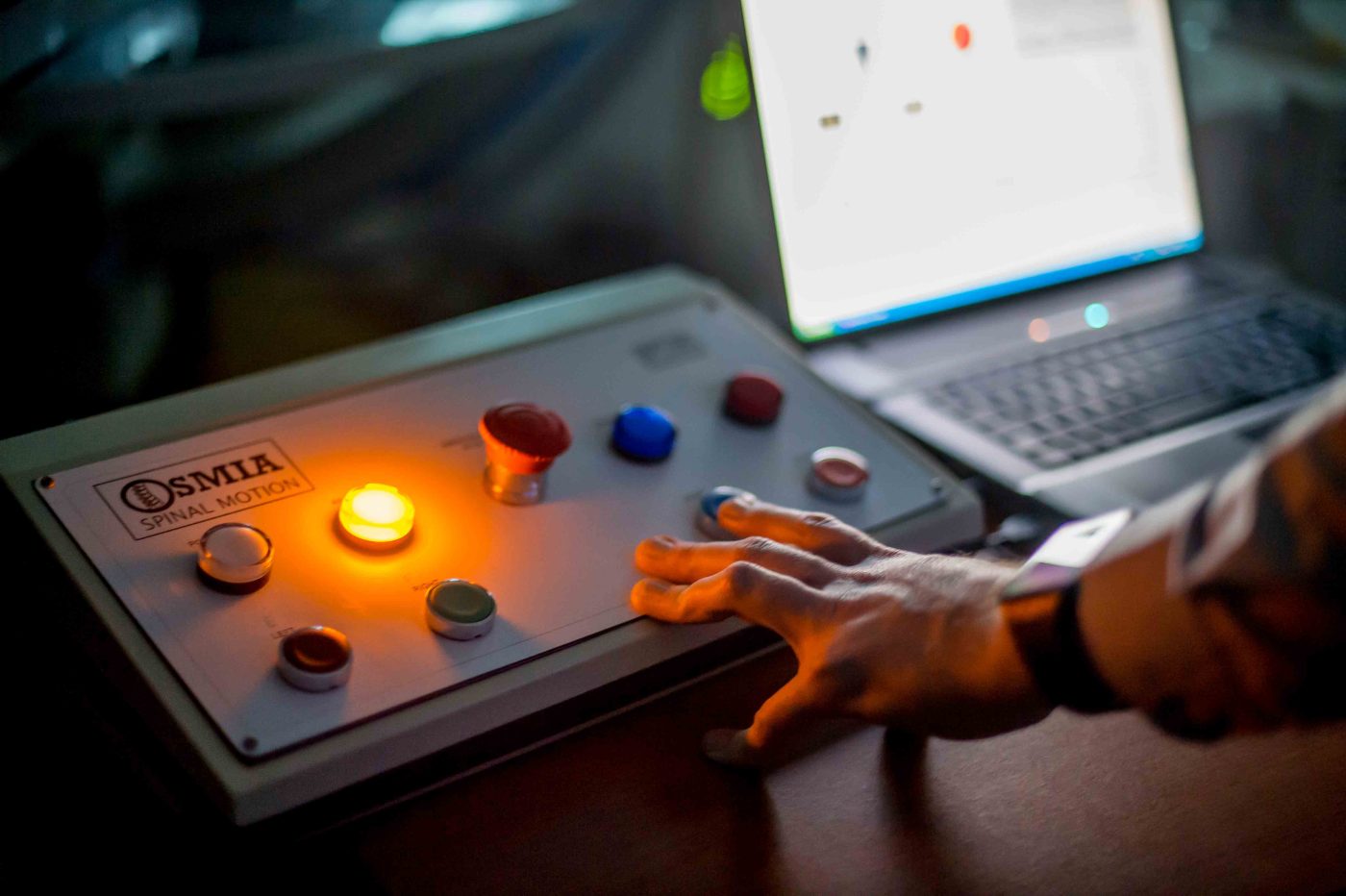
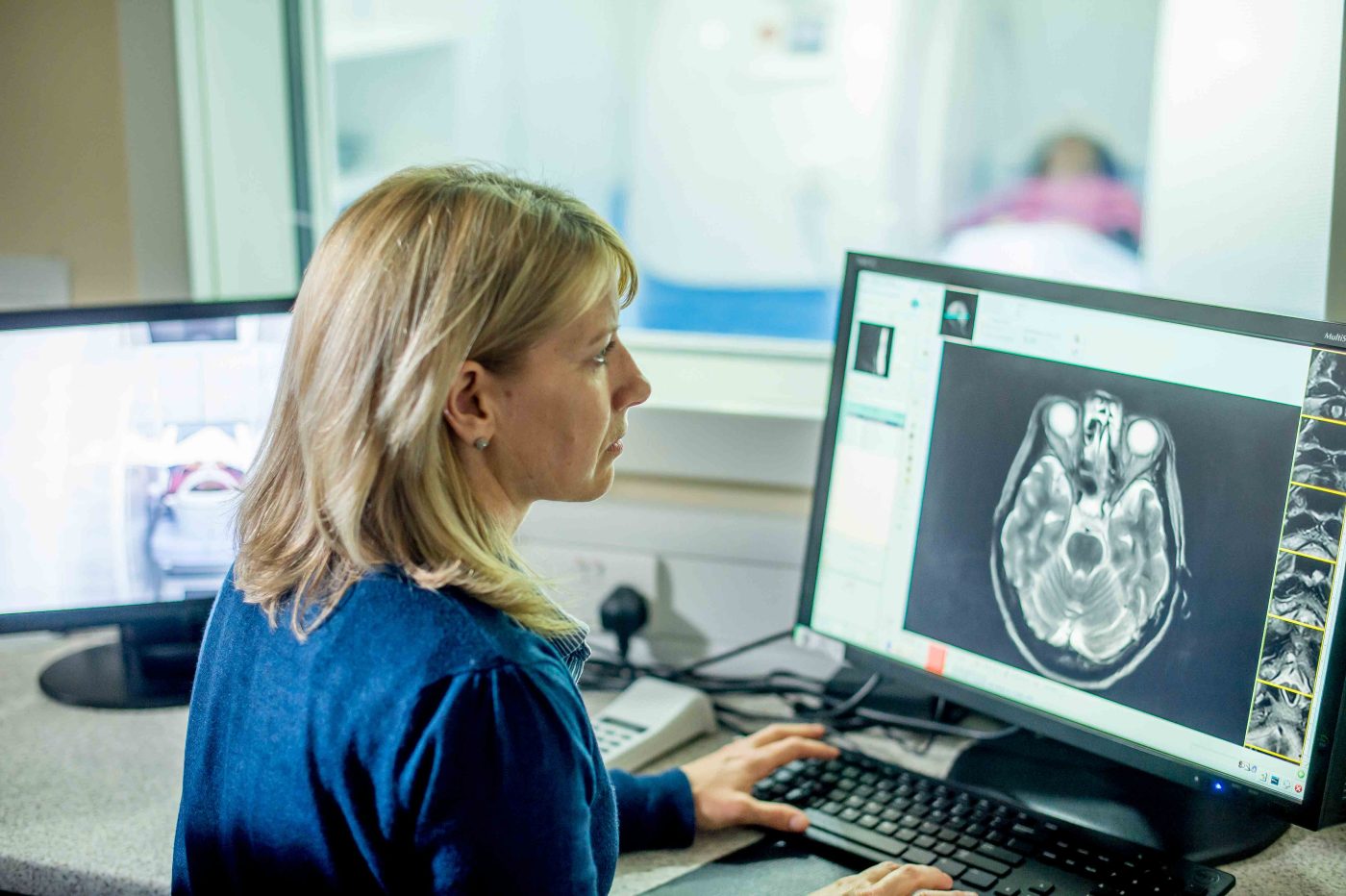
Welcome to the Research Hub for Radiology
We are in the process of expanding our research profile following years of experience in postgraduate research in the School of Medical Ultrasound. We aim to align our research activity to the key priorities for Diagnostic Imaging and Radiotherapy nationally:
- Delivering technical innovation through enhancing image quality and dose optimisation in digital radiography using dose reference levels and artificial intelligence
- Enhancing patient and public experience through a better understanding of patients’ perceptions and priorities for the clinical service provided by radiographers within clinical imaging and radiotherapy, with a particular focus on outcomes and survivorship
And in education and training, the emphasis is twofold:
- By evolving our approaches to curriculum design supported by simulation-based education and assessment (SBEA) we can meet the challenges of new technologies and techniques by promoting a research culture and infrastructure from undergraduate level to Consultant level practice.

Risk of stochastic effects and radiation doses optimisation
Chanchal Kaushik
Contribution of radiation doses from medical X-ray examination to collective dose is significant. The aim of the study was to assess radiation doses in common digital radiographic examinations and estimate effective doses. Entrance surface air kerma (ESAK) was calculated in chest PA, cervical AP/Lat, abdomen AP, lumbar AP/Lat and pelvis AP. The results reinforce the need for radiation protection optimization, improving examination techniques and appropriate use of automatic exposure control in digital radiography.
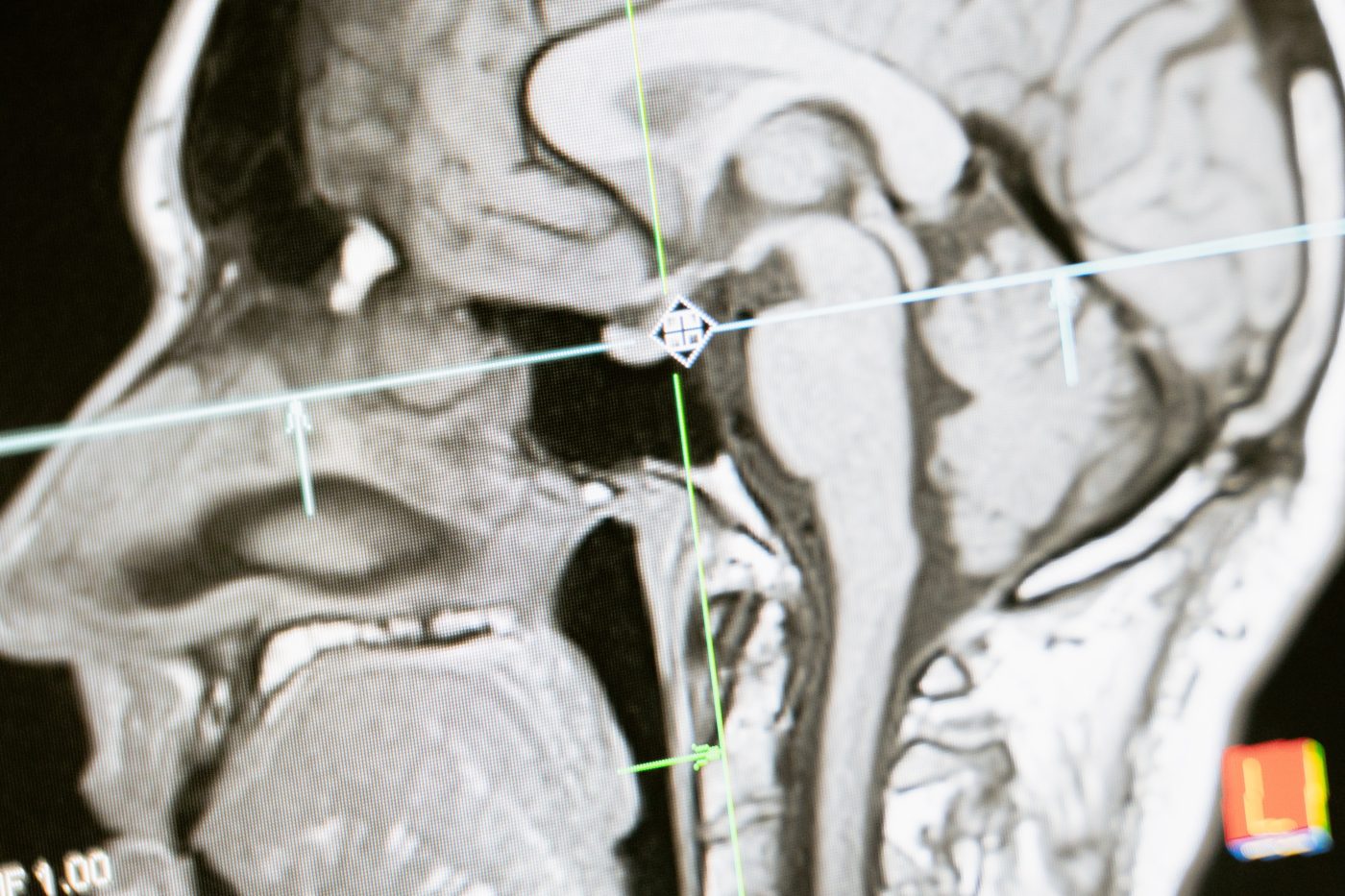
Risk of stochastic effects and radiation doses optimisation
Chanchal Kaushik
Contribution of radiation doses from medical X-ray examination to collective dose is significant. The aim of the study was to assess radiation doses in common digital radiographic examinations and estimate effective doses. Entrance surface air kerma (ESAK) was calculated in chest PA, cervical AP/Lat, abdomen AP, lumbar AP/Lat and pelvis AP. The results reinforce the need for radiation protection optimization, improving examination techniques and appropriate use of automatic exposure control in digital radiography.
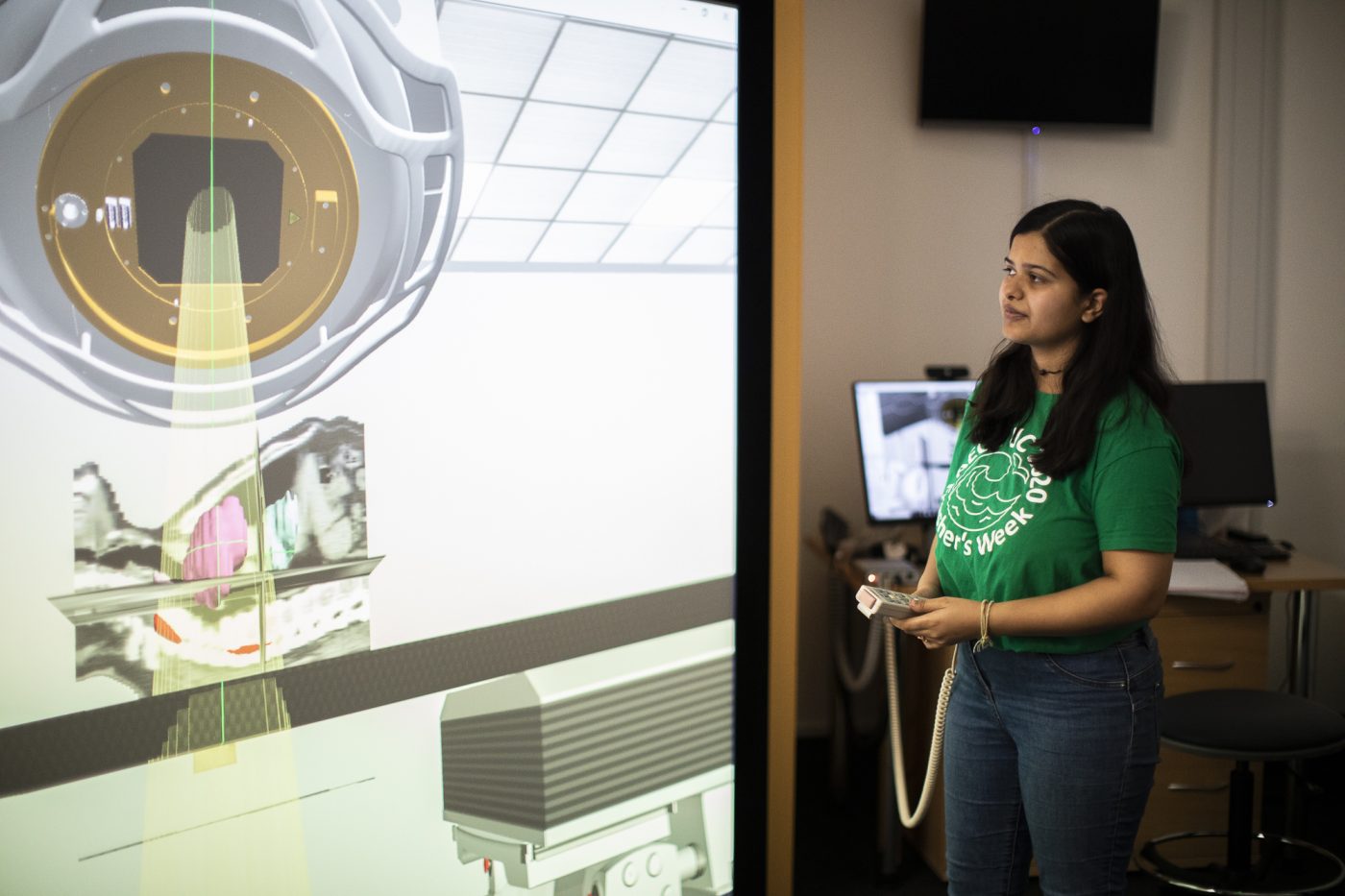
Becoming Virtually Real
Andrew Wiliams & Shelley Blane
Read an educational note from Andrew Williams and Shelley Blane outlining early experiences of using VERT for assessment at AECC University College. “Becoming virtually real: using the Virtual Environment for Radiotherapy Training (VERT™) platform for the summative assessment of performance in a palliative radiotherapy treatment technique” was published in the Journal of radiotherapy in Practice on Thursday 3rd March 2022.
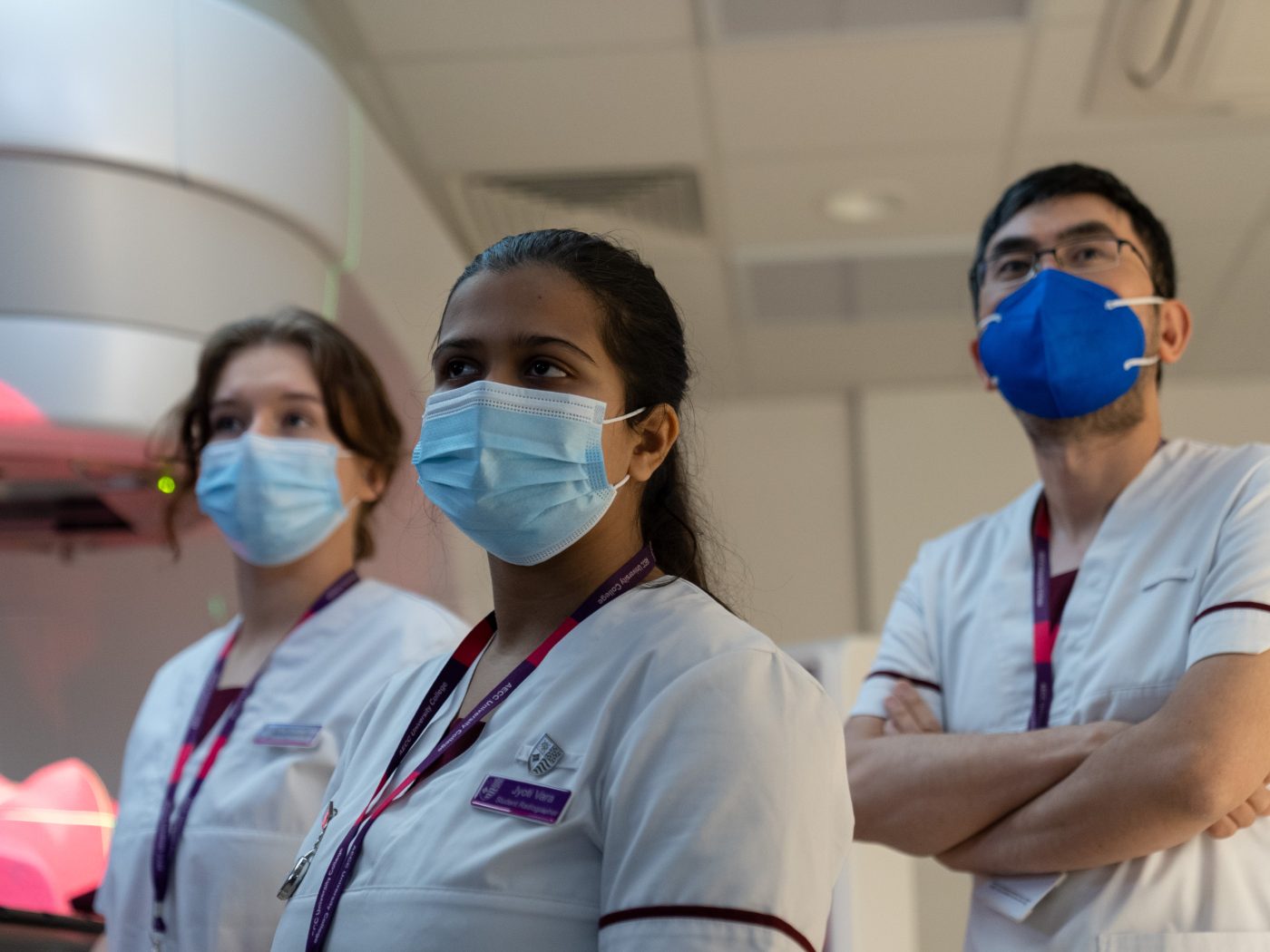
Evaluation of a studio approach to learning to lead in clinical practice
Andrew Williams & Farrah Elsaghir
This 3-year longitudinal study will determine how different learning and teaching approaches may contribute to the understanding and application of the NHS Clinical Leadership Framework within an undergraduate, pre-registration education programme in Radiography.
Currently midway through its second year, the project has been designed to evaluate the impact of a scenario-based peer to peer learning model (known as a studio approach) with the aim of informing the development of flexible physical and digital learning resources.
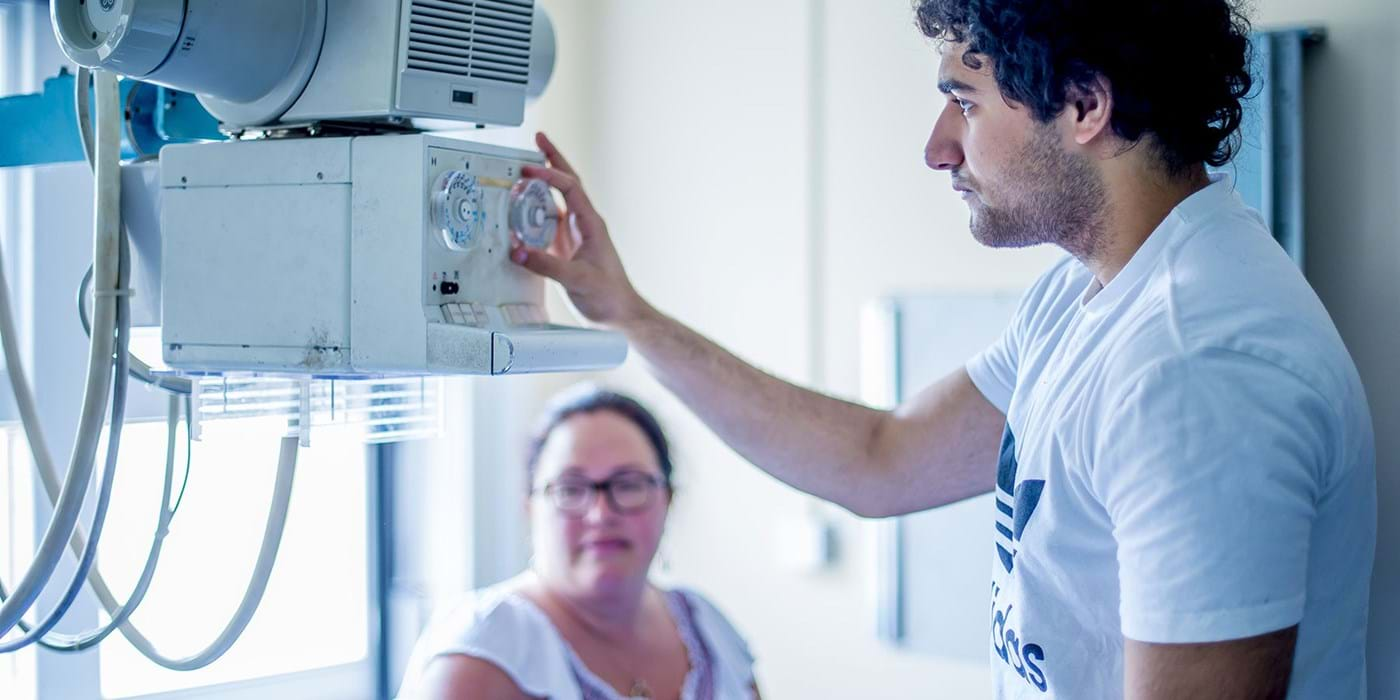
Discover the School of Health and Rehabilitation Sciences
Excellence in learning, research and consultancy in the areas of Rehabilitation, Sport and Exercise, Health Science, Psychology, and Radiology.
Latest News
Discover and read all the latest news, press releases and happenings here at AECC University College.
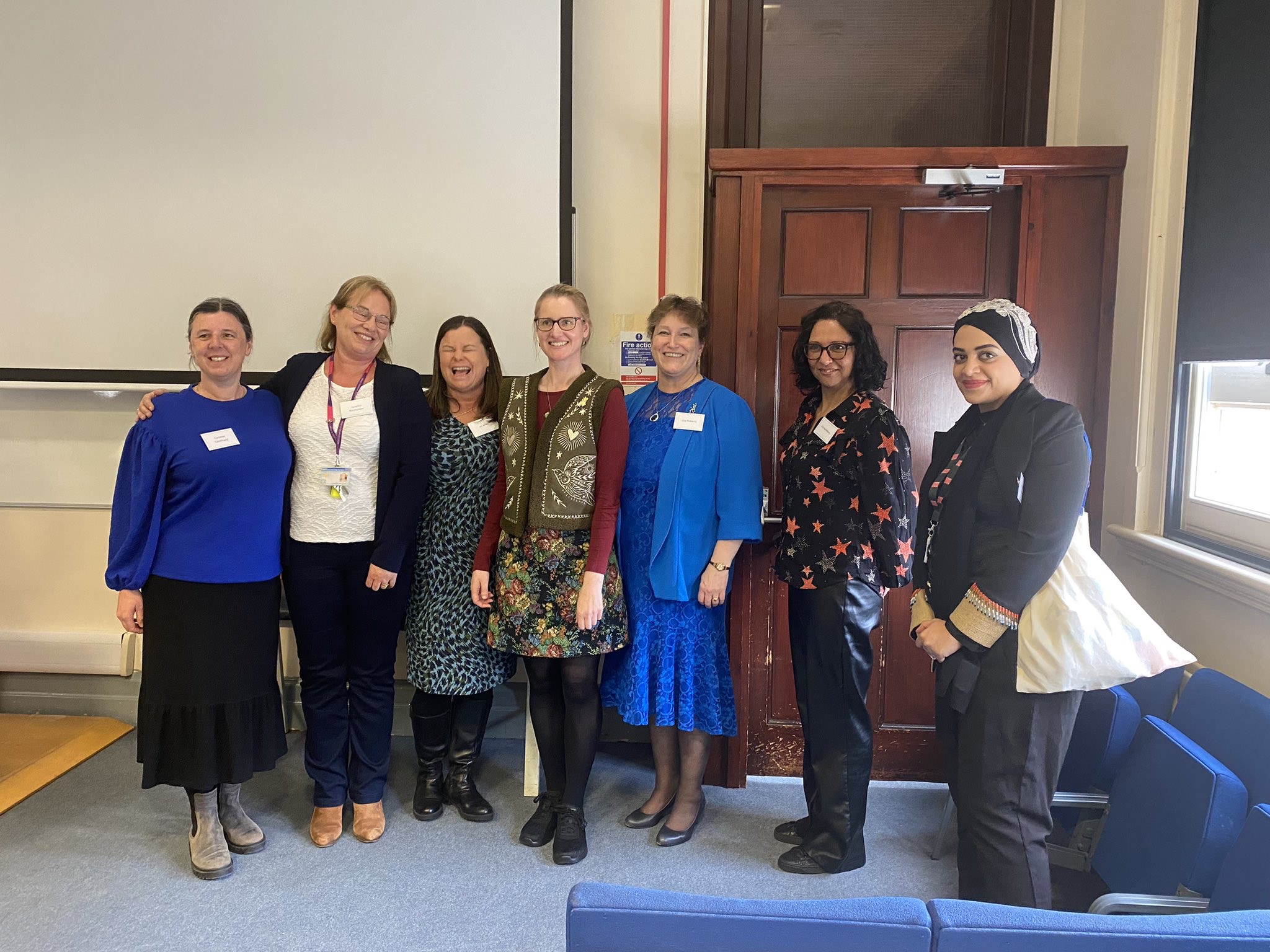
On Friday 12th April, the AECC University College was delighted to host the 42nd annual Physiotherapy Research Society (PRS) Conference at the Parkwood Campus in Bournemouth.
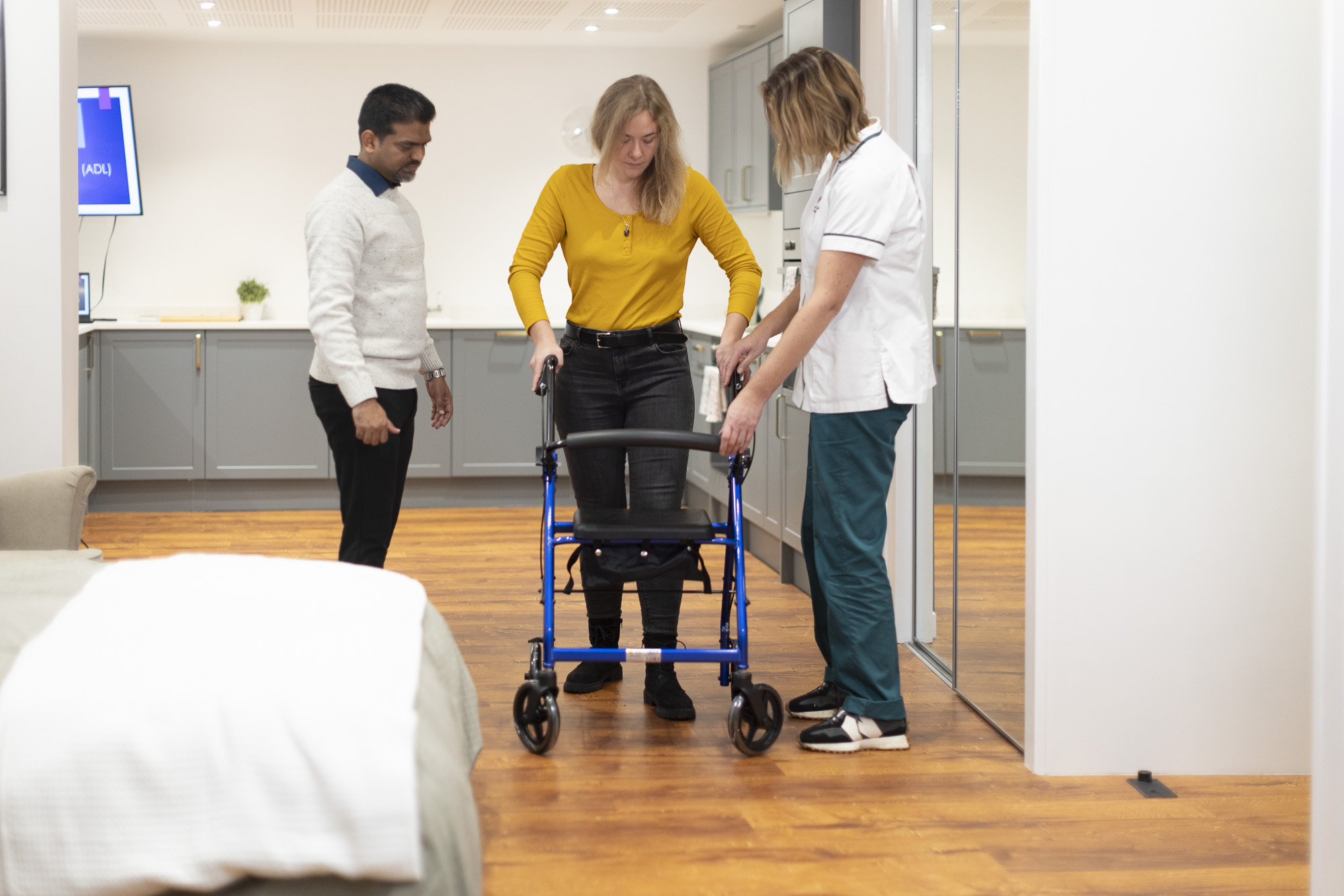
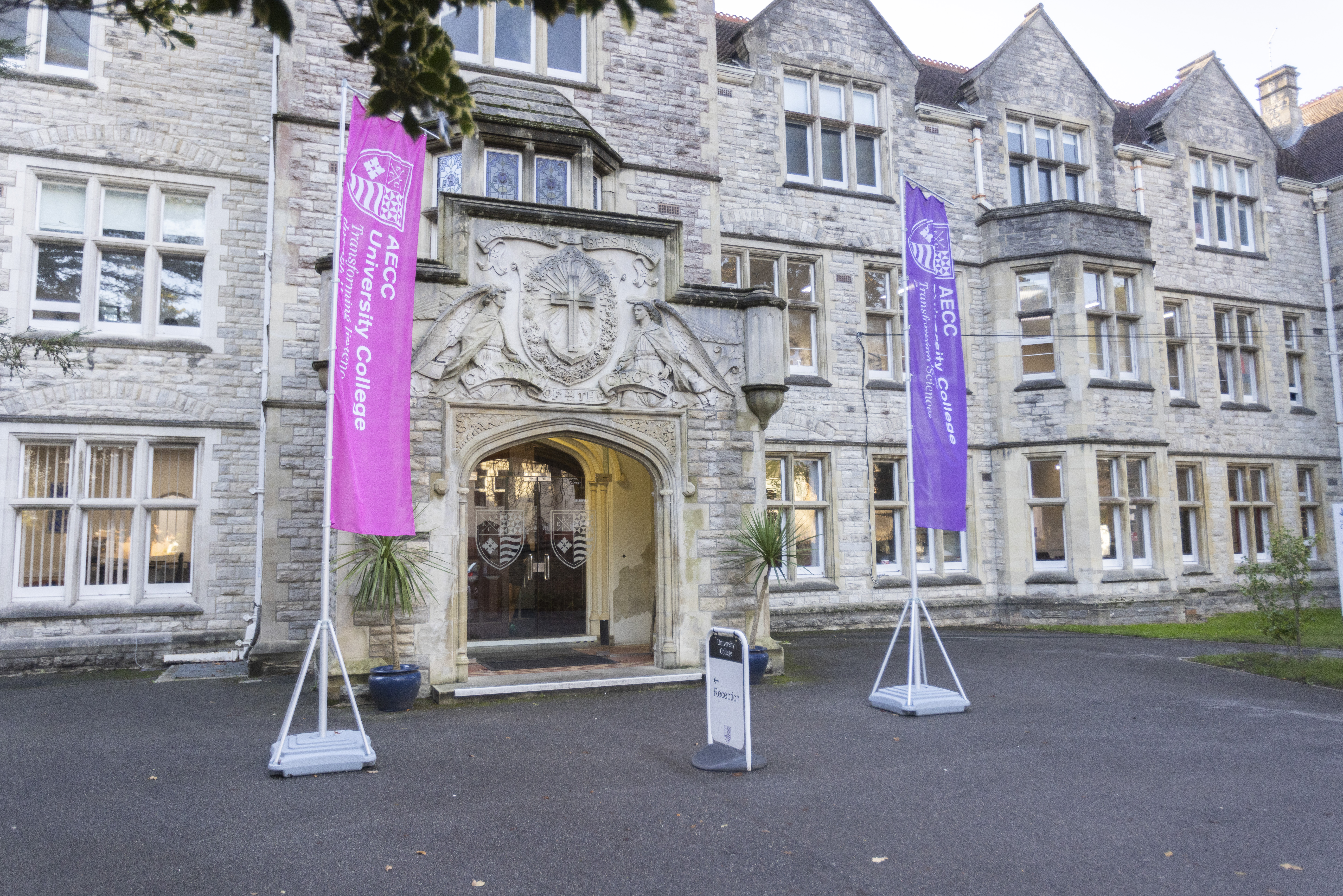
On Thursday 23rd May 2024, AECC University College will be inviting students, staff, alumni and members of the public to attend an evening lecture by Professor Richard Brown.

Brooke Ironside, age 20, is currently ranked third in Europe for the under 23 years 200 metres. She tells us how she juggles studying with training in her own words…
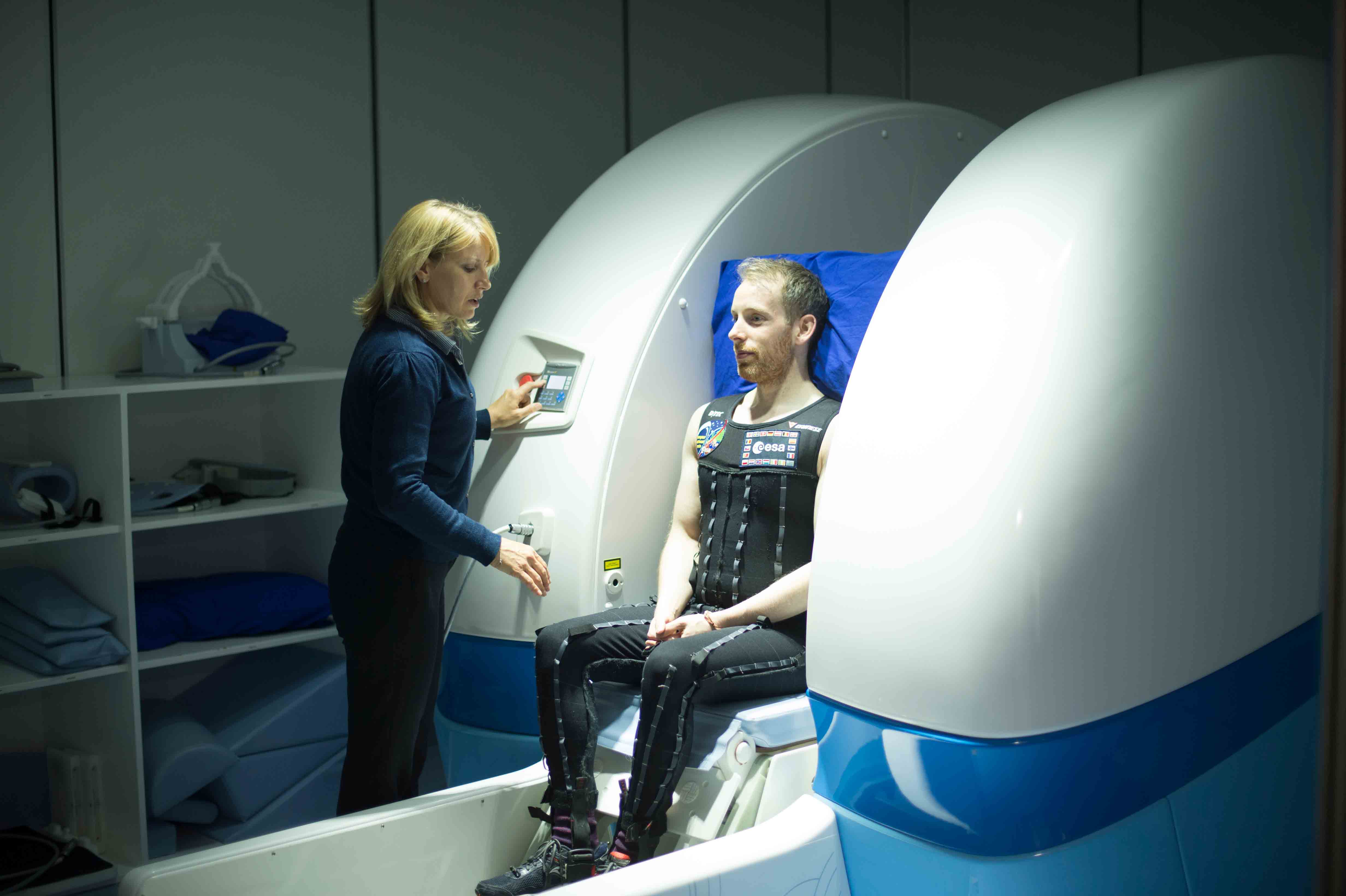
Stephen Bradley recently visited Clinical and Rehabilitation Services at AECC University College for a scan in our Open Upright MRI scanner.
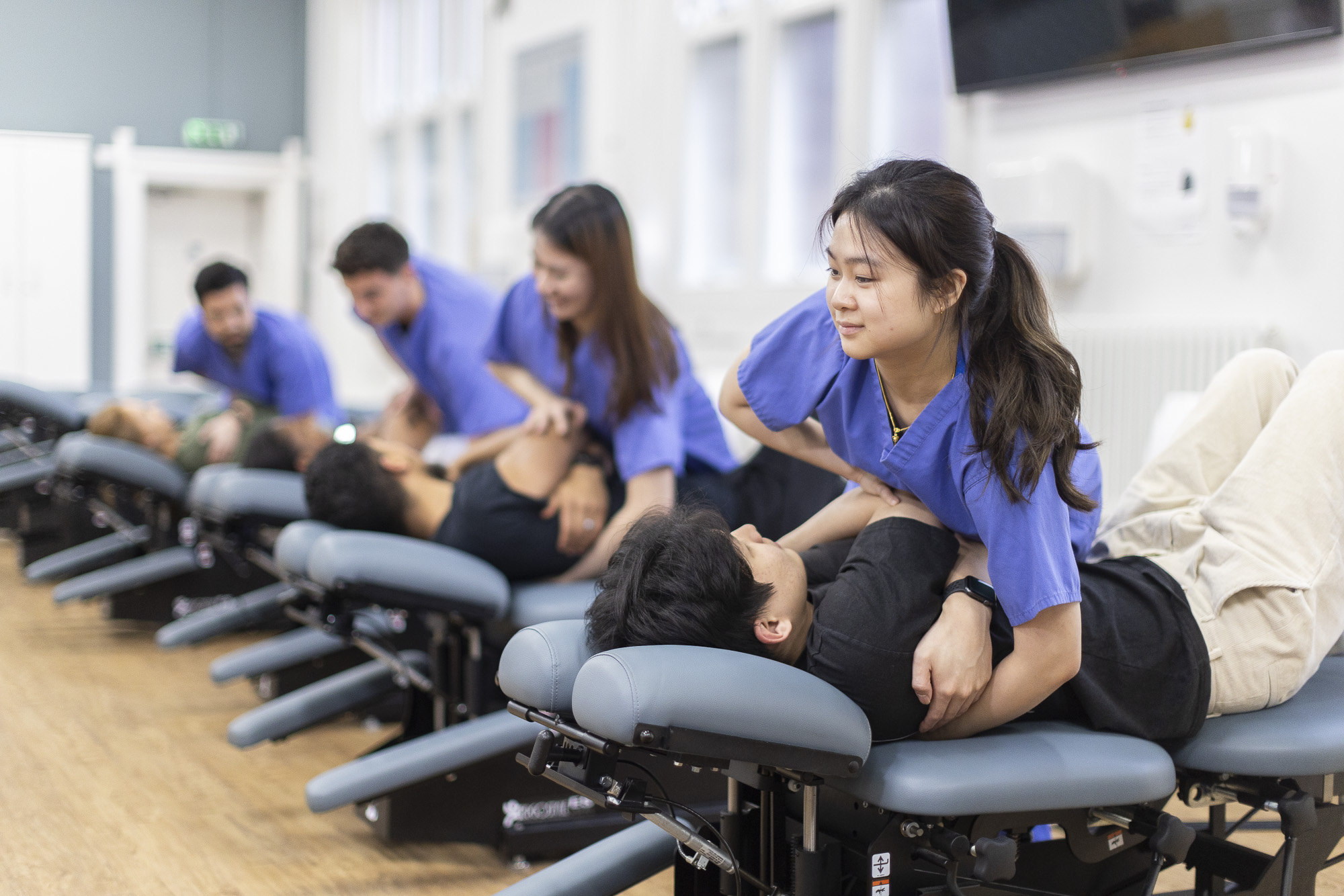
The AECC School of Chiropractic is delighted to announce that its Master of Chiropractic (Hons) is the first Chiropractic course to meet the new Education Standards recently introduced by the General Chiropractic Council.
